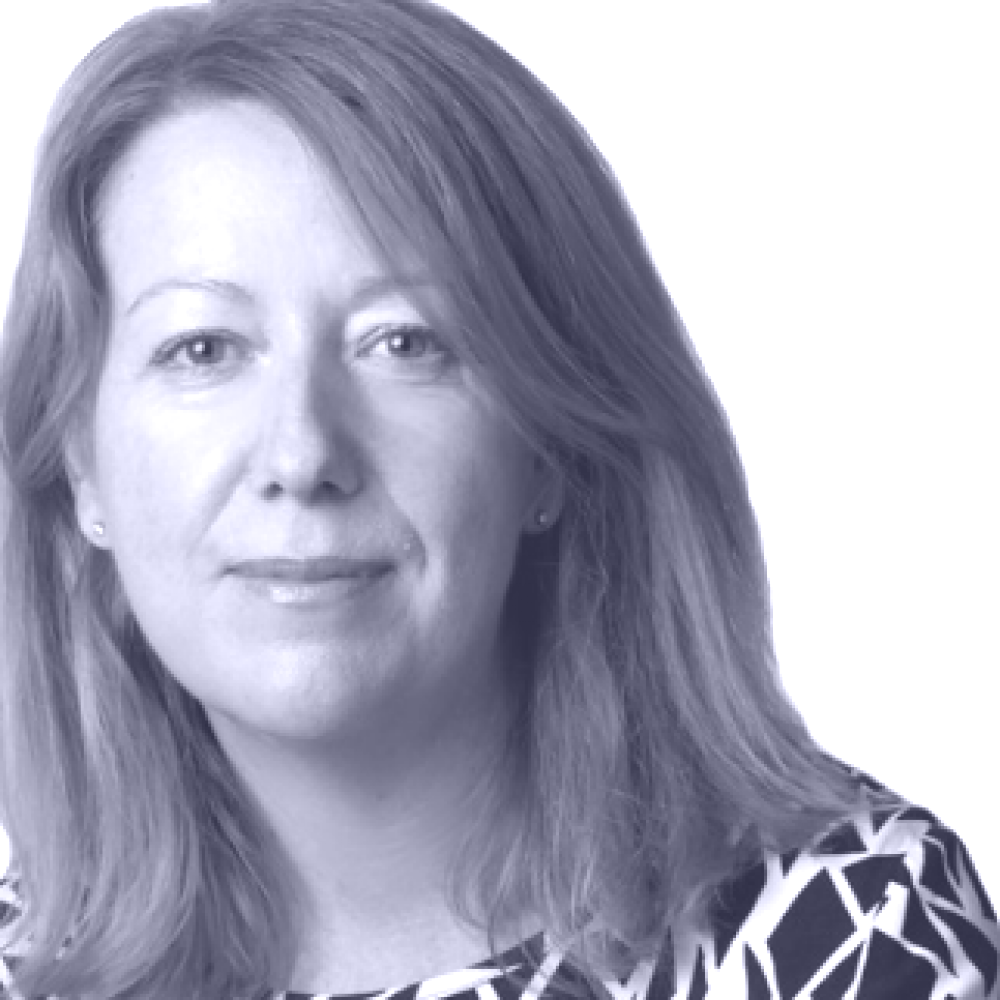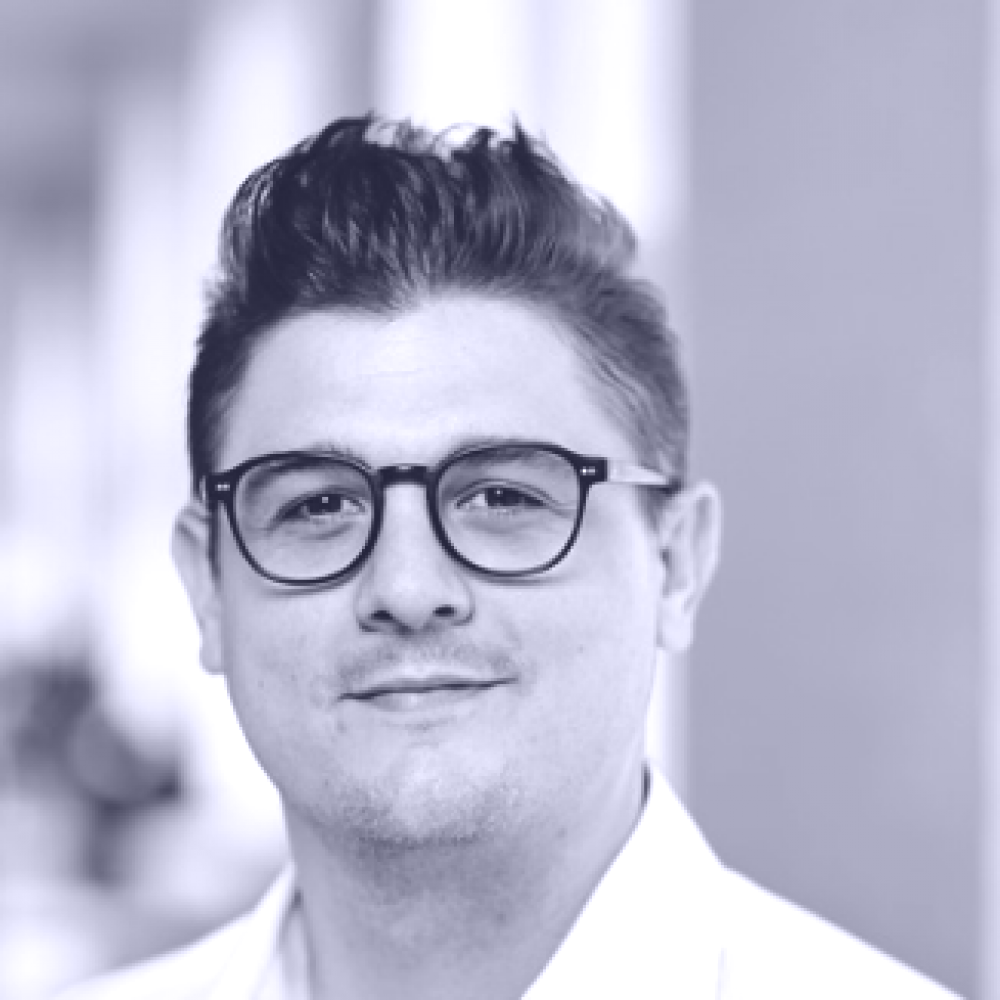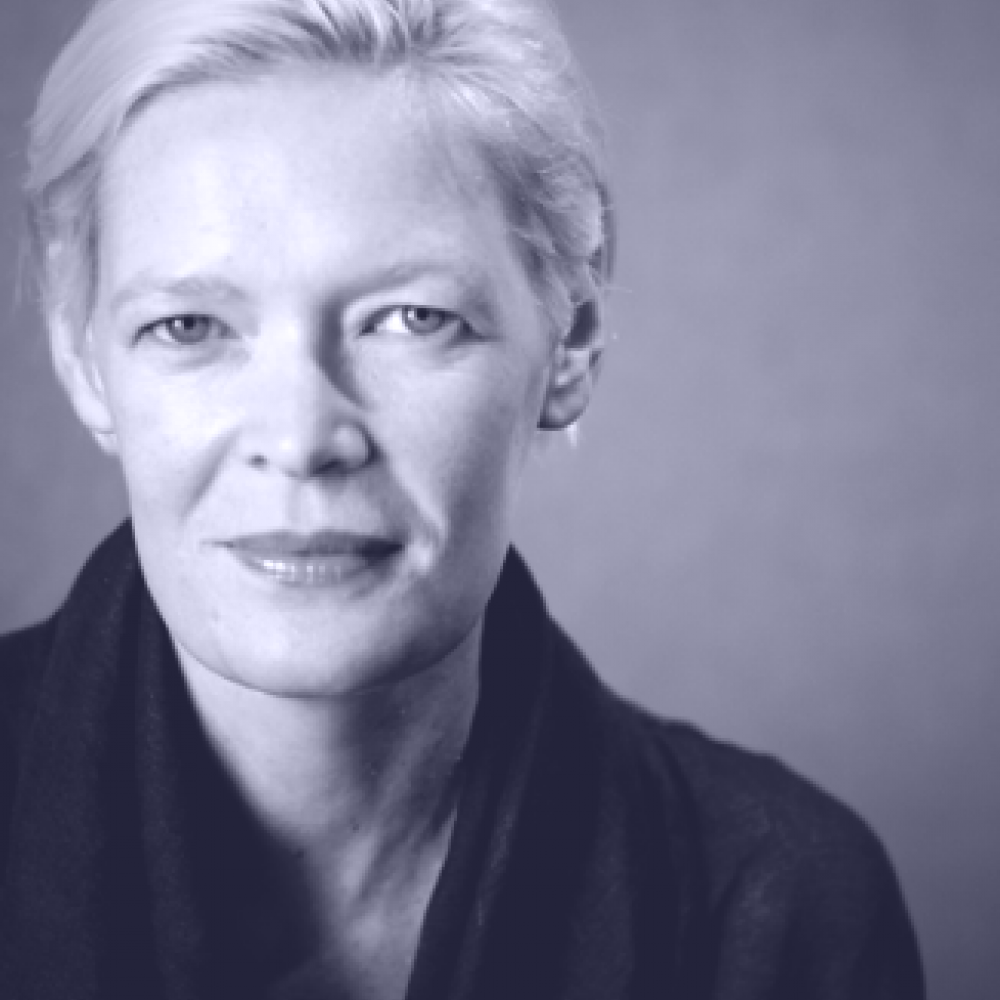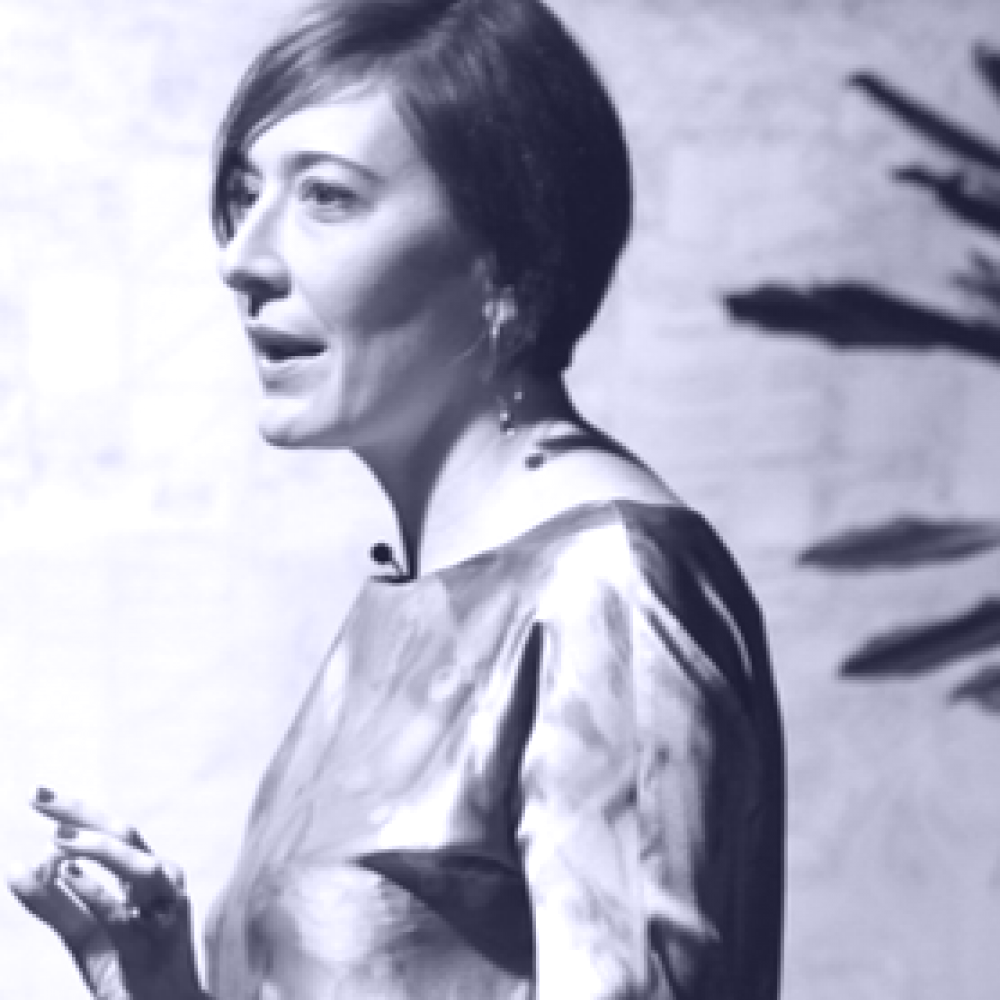Details.
When
Wednesday 31 August 2016
8.45 am – 5.00 pm ()
Where
Clemenger BBDO Auditorium
NGV International
Melbourne VIC
— Google Maps
Tickets
Ticket sales for this event are closed.
Program Info
The annual Work Place/Work Life forum brings together Australasia’s leading practitioners. In 2016 they will gather at Melbourne’s Clemenger BBDO Auditorium to discuss the issues shaping workplace design, share their experiences and speculate on possible futures. The symposium will feature international and local speakers and a panel discussion where audience participation is encouraged.
Partners
Work Place / Work Life 2016Principal Partner
Major Partners
Supporting Partners
Earn CPD Points
Presenting Partner
Download CPD Questions and Learning Outcomes
2016 Workplaceworklife Full Program V8Contacts
Event & Sponsorship EnquiriesSophia Buckle
Event CoordinatorProgram.
- 8.45 am Arrival and seating
- 9.00 am Welcome from Cassie Hansen, editor, Artichoke magazine
-
9.15 am
Keynote Address
Kursty Groves
Author, ‘Spaces for Innovation: The Design and Science of Inspiring Environments’ (UK) -
10.00 am
Keynote Address
Peter Andrew
Director of workplace strategies, Asia Pacific at CBRE (Singapore) - 10.45 am Morning tea
-
11.15 am
Case Studies
Amanda Stanaway
Principal, Woods Bagot (Sydney) -
Dan Cox
Director of commercial interiors, Carr Design Group (Melbourne) -
Geraldine Maher
Principal, Jackson Architecture (Melbourne) -
12.15 pm
Keynote Address
Su Lim
Head of global client engagement, Hassell and founder, Workcollectiv (Singapore/Australia) - 1.00 pm Lunch break
-
2.15 pm
Keynote Address
Cai Kjaer
Co-founder, Optimice and CEO and co-founder, SWOOP Analytics (Australia) -
3.00 pm
Panel Discussion
Monica Parker (chair), Kursty Groves, Peter Andrew, Su Lim and Cai Kjaer, with questions from the audience - 3.45 pm Closing comments from Cameron Bruhn, editorial director, Architecture Media
- 4.00 pm Closing drinks
- 5.00 pm Event closes
- Download CPD Questions and Learning Outcomes
Keynote Addresses.
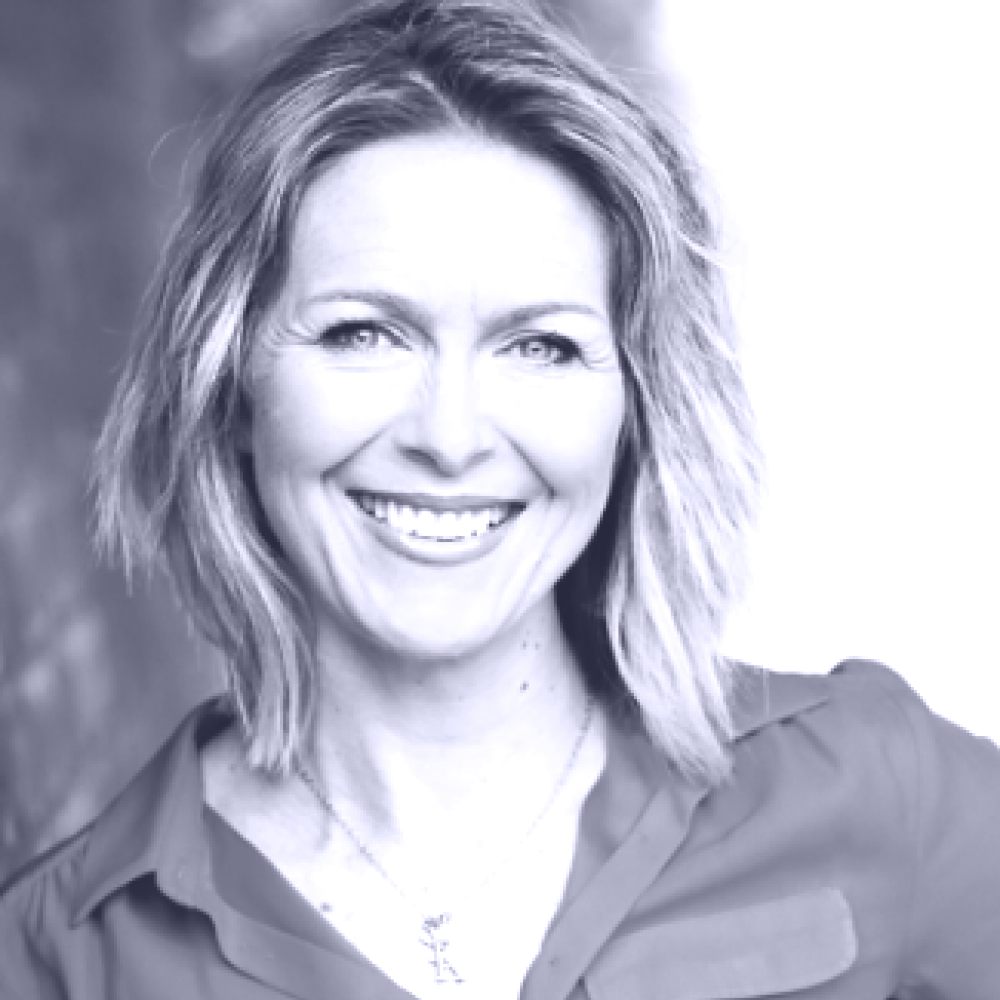
Spaces That Foster Creativity & Innovation
Presented by
Kursty Groves, Author, Spaces for Innovation: The Design and Science of Inspiring Environments
Until recent times, research investigating creativity within organizations has centred around the psychological and social aspects of motivation and management. There has been little comprehensive thinking around building environments for creativity, and the complex relationship between space, creative behaviour and innovation. Groves’ latest book Spaces For Innovation brings together research and practice to shine light on the environmental elements that impact creative performance and innovation in business.
During her keynote, Kursty will discuss the importance of space to support creative processes and innovative cultures, highlighting the elements that together make up inspiring environments for future-facing organizations.
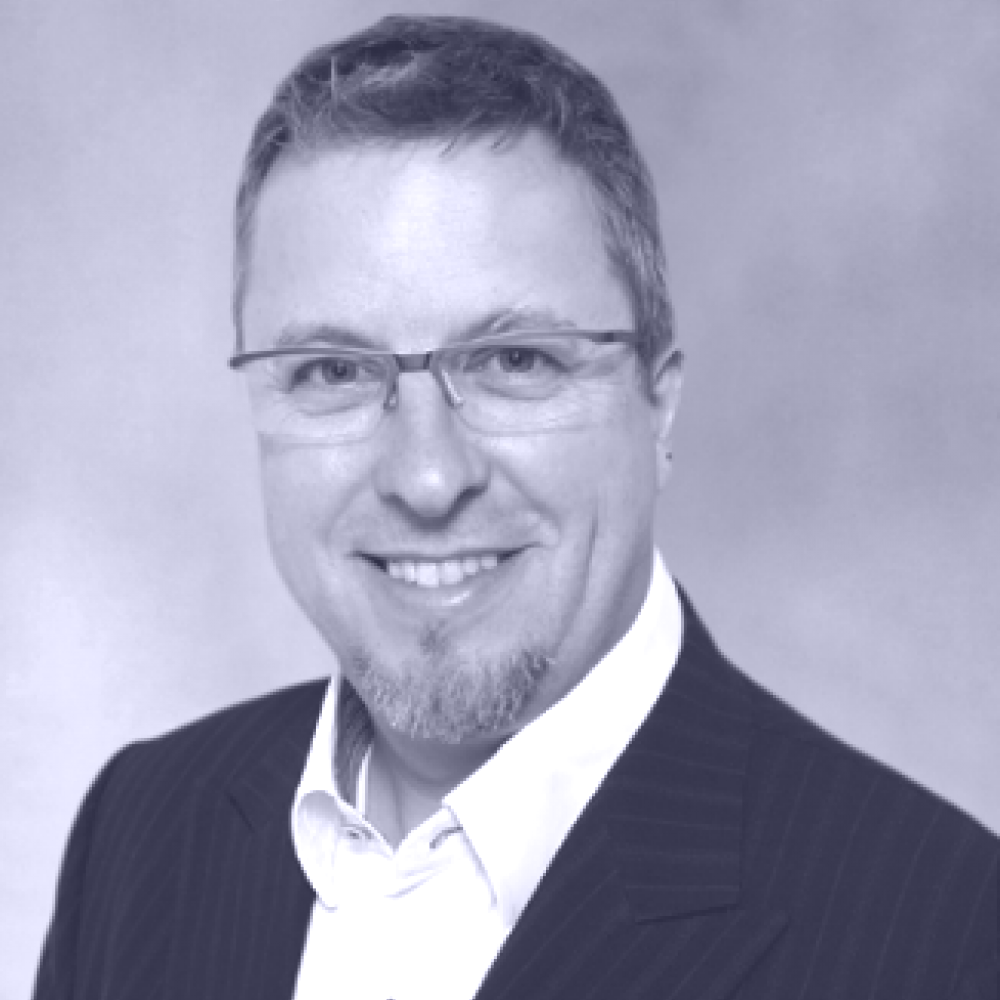
Artificial Intelligence & the Future of Work
Presented by
Peter Andrew, Director of Workplace Strategies, Asia Pacific, CBRE
Don’t underestimate the transformational change that artificial intelligence is already having in our lives. While it is still in its infancy, it promises to fundamentally transform how we work and live. At the moment we have only seen the tip of the iceberg, but artificial intelligence will tear at the fundamental structures and processes of the corporate world. It is predicted that over the next ten years, artificial intelligence will destroy 50 percent of today’s jobs.
Business and work is being organized in new ways. What are the new skill sets of the next generation of workers, what will corporations look like in the future and what happens when people are left to self-organize themselves to create and deliver “work”? Understanding these meta-changes helps give context to the likely changes in the architecture and property professions and gives cause for reflection on what role you will play to help shape that future.

How Work Will Change Our Cities
Presented by
Su Lim, Head of Global Client Engagement, Hassell
The nature of worklife is rapidly changing, and work and life are blurring through the lens of technology. Traditionally, our work was compartmentalized from our lives and this was reflected in our environments. While these physical and emotional walls demarcated and seemingly protected our lives, they also created inefficiencies and inflexible practices in the way we could do business.
Emerging technologies have enabled more flexibility and choice in our work and life. These technologies encourage the interruption of time and reconfigure geography. They provide the opportunity for organizations to transform practice and increase agility, and to redesign how and where they want to work.
What could this mean for our cities? Emerging co-working models provide an interesting micro-view on urban mixed-use possibilities and a future of polycentric cities.
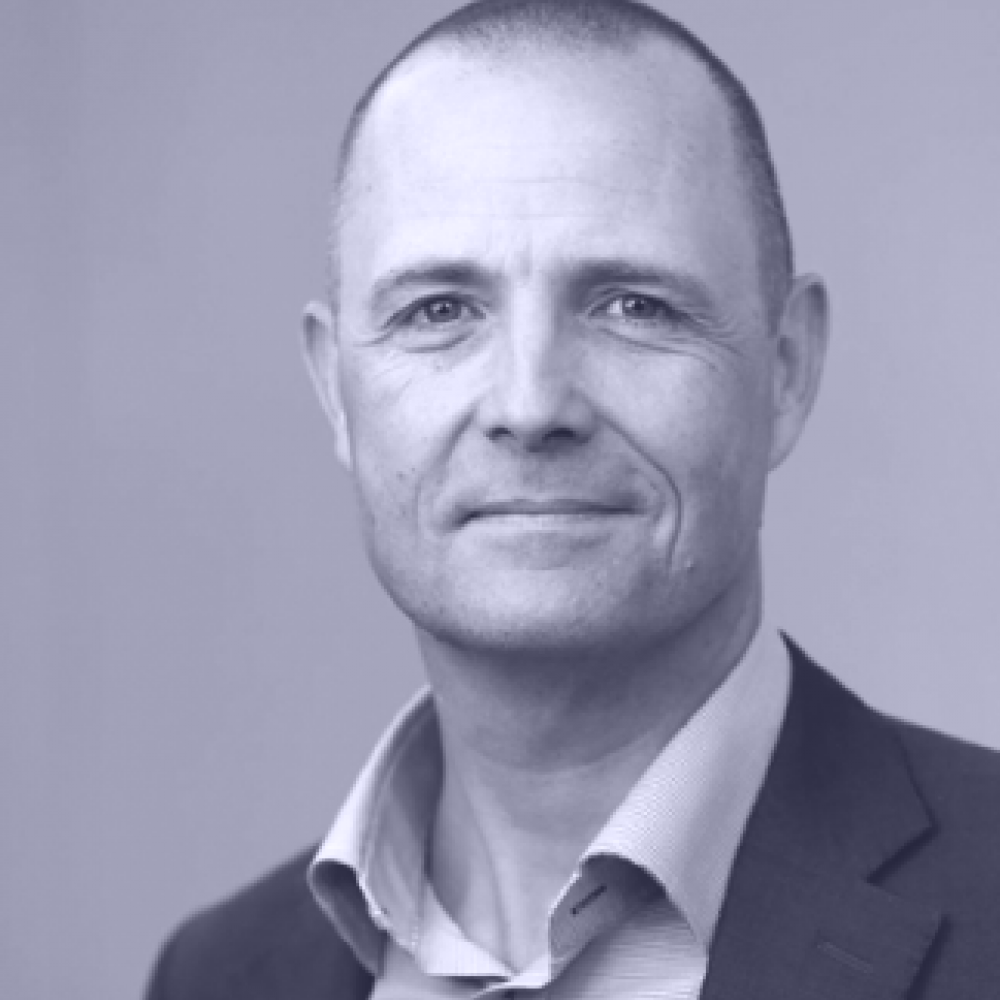
Networks That Drive Careers, Innovation & Organizational Performance
Presented by
Cai Kjaer, Co-founder, Optimice
In the words of US professor Andrew Hargadon, “Entrepreneurs and inventors are no smarter, no more courageous, tenacious, or rebellious than the rest of us – they are simply better connected.”
But what does it mean to be “better connected?” Who should we be connected with? What impacts does this have for those who work in the design and development of workplaces? And what about the impacts for those who actually work there?
Being able to improve connectedness brings significant value on two different fronts. Firstly, the professionals working on designing and developing workplaces need to consider how our own connections enable us to be innovative. Do our relationships span sectors, industries and disciplines? Are we aware of disruptive changes to our professions? Secondly, the declining importance of hierarchical structures and the increasing importance of networks should have a dramatic impact on how we design workplaces. This is the era of collaboration, and workplaces are seen as critical enablers, but how much impact does a person’s physical location have on the formation of networks? And are we applying reinforcing existing structures by co-locating people to match the organizational chart?
Through case studies and research projects, Cai Kjaer will offer practical and evidence-based insights that will prompt new thinking to help you build stronger collaborative networks within your own sphere of influence as well as for your organization and your clients’ organization.
Case Study Talks.
Tencent – In Construction (Beijing)
Presented by
Amanda Stanaway, Principal, Woods Bagot
As an international firm, Woods Bagot has the opportunity to work with dynamic companies of various scales. Over the past three years in collaboration with the Office for Metropolitan Architects (OMA), Woods Bagot has been developing a workplace for Tencent, China’s largest internet and IT services provider.
The 170,000-square-metre building housed in Z Park, the most influential independent IT innovation centre in China, will house approximately 10,000 staff and incorporate a vast range of amenities. It aims to “address” the evolution of workplaces into mini cities and communities.
The building will house extensive food offerings, including restaurants, growers markets and pop-up shops; sporting facilities, pools, gyms and spas; and educational spaces, including an auditorium, training spaces, academy and most importantly a flexible open workplace for supporting Tencent’s future growth.
Tencent’s new headquarters provide an insight to the extensive amenity that next generation employers in the tech industry are providing and a glimpse at a project that will no doubt be a global benchmark for technology and media companies.
BCG Digital Ventures (Sydney)
Presented by
Dan Cox, Director of Commercial Interiors, Carr Design Group
“Scrum,” “sprint,” “agility,” “tackle,” “hatch” – terminology seemingly more relevant to a rugby pitch than a workplace, but this is exactly the language used to describe the principles underpinning this new workplace in Sydney by Carr Design Group for BCG Digital Ventures (BCGDV), the global corporate incubation and investment arm of consulting giant, BCG.
The initial BCGDV client experience sees teams embark on a purposefully challenging and provocative journey. Participants enter a narrow, pitch-black tunnel which, in an instant, ignites with a strobing visual bombardment of confrontational and disruptive imagery that questions preconceived ideas and conventions.
The expulsion from the tunnel promotes a ”reawakening,” quickly captured in the DV investment and incubation centre (DV Hatch), which is home to a hive of transformative and creative thought, energy and talent.
The final stage in this highly collaborative process sees hexagon-shaped “venture” villages supporting multi-disciplinary BCGDV teams all united by a vision to invent, build and scale products and businesses at start-up speed to benefit millions of people across the globe.
Supreme Court Of Western Australia (Perth)
Presented by
Geraldine Maher, Principal, Jackson Architecture
The recently completed fitout for the Supreme Court of Western Australia, a joint venture between Peter Hunt Architects and Jackson Architecture, is an agency that provides a service to the community but is also a permanent or temporary workplace for judges, registrars, associates, barristers, librarians, administrators and technicians.
In this case study talk, Geraldine will look at the design approach to the project, the various “workplace” functions within the court, how these functions are addressed and also if and how the primary function of such a civic facility impacts the workplace environment for the individual.
Panel Discussion Chair.
Monica Parker
Founder, Hatch
As founder of Hatch, Monica brings to the table a vast knowledge of navigating and communicating organizational change. An international speaker and presenter, she is a regular contributor to the Huffington Post and has appeared on BBC Worldwide as an authority on workplace strategy. Monica has fifteen years experience in understanding the influence of environments and processes on human behaviour.
Monica Parker
Founder, Hatch
As founder of Hatch, Monica brings to the table a vast knowledge of navigating and communicating organizational change. An international speaker and presenter, she is a regular contributor to the Huffington Post and has appeared on BBC Worldwide as an authority on workplace strategy. Monica has fifteen years experience in understanding the influence of environments and processes on human behaviour.







